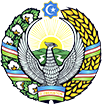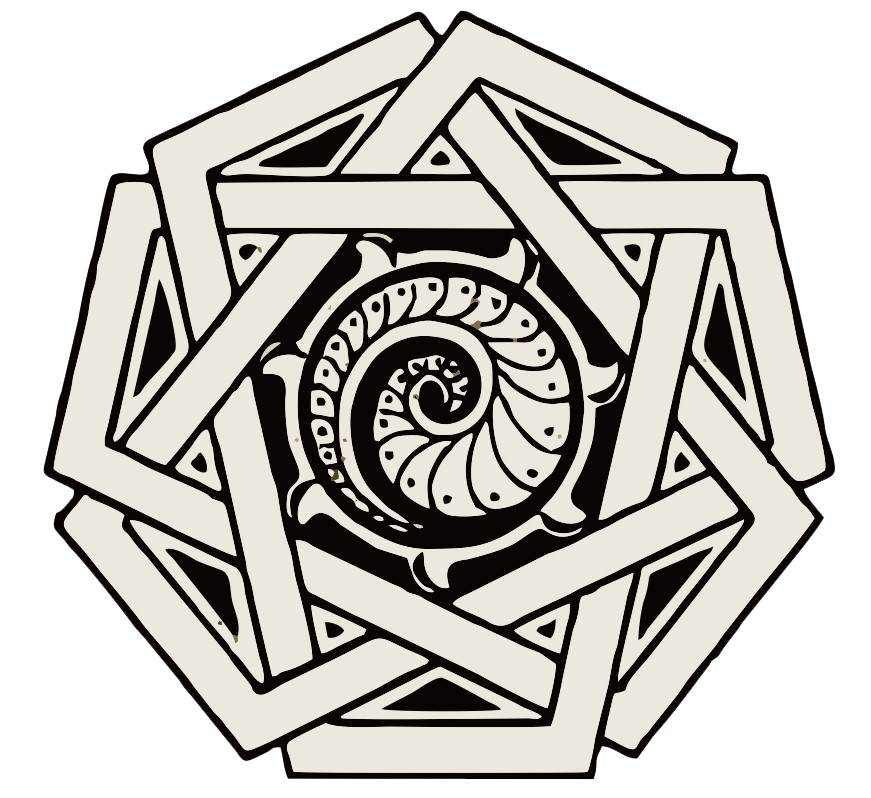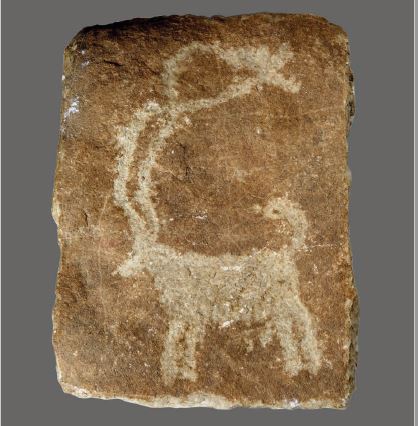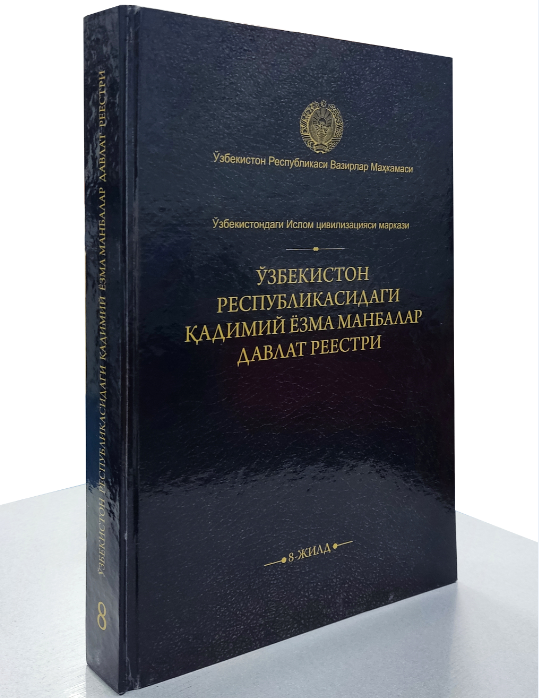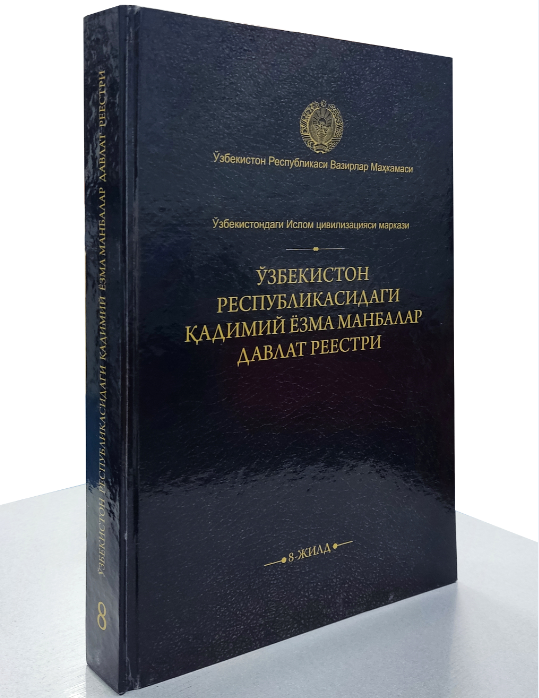Petroglyph. Samarkand region. Neolithic The art of Uzbekistan originates in the mists of time. Today, after millennia, only a few rock paintings of the Mesolithic era — the copper stone or Middle Stone age — have survived, which testify to the emergence of centers of primitive art on
Of particular interest are ... images placed on the central canopy. Here are scenes of hunting for wild bulls. People are armed with objects in which you can see bows, hatchets, boomerangs ... ... Hunters are dressed in unusual raincoats and resemble a large bustard bird in silhouette. Wild bulls, apparently, were not afraid of these birds, and the primitive hunter could thus mask his approach to them ... (Pugachenkova G. A., Rempel L. I. 1965. P. 13).
the territory of Uzbekistan. The emergence of early forms of art in Uzbekistan was attested already in the 13th–5th millennia BC. However, under the conditions of a primitive society, rock paintings did not have pronounced regulating social and
ideological, and conscious artistic and aesthetic functions. The oldest monument with rock carvings of the Mesolithic era on the territory of Uzbekistan was found high in the Kukhitang mountains in the south of Uzbekistan in the Zarautsay cave, which means the Gorge of the Golden Fire. The grotto where the most interesting images are located is called Zaraut-kamar — the
grotto of the golden fire. Hunting scenes, various animals and human figures are depicted on the surface of the rocks.
The rock carvings of Zarautsay are included in a rather limited number of Mesolithic monuments alongside located in Europe and Asia. Among them, one can mention such objects of primitive art as rock carvings on the territory of
Spain, Ukraine, Tajikistan, Azerbaijan and a number of other countries. India. The scenes of the painting of the Mesolithic era in Spain are quite similar in style and plots in petroglyphs in Zarautsay. Their common features are the transmission of action, movement. Rock carvings of the Stone Age were also found in the Teshiktash and Obirakhmat caves in the south of Uzbekistan, in the mountains near Tashkent, in the Chimgan, Chatkal, Beldersay regions, in the Sarmyshsay caves in the Navoi region, Ilyansai and Aksai under Samarkand, Suratsay in Fergana and other places and regions of Uzbekistan. The cultural monuments of these periods do not quite fit the concept of art, but they are important from the point of view of the genesis of forms of intuitive artistic activity. The ancient layers of the culture of Uzbekistan testify that there were centers of civilization on its territory, which became the basis for the
formation of developed forms of social organization and the transition to early
types of statehood.
The information was taken from the "History of the Art of Uzbekistan book - album".
Author: Academician Akbar Hakimov
